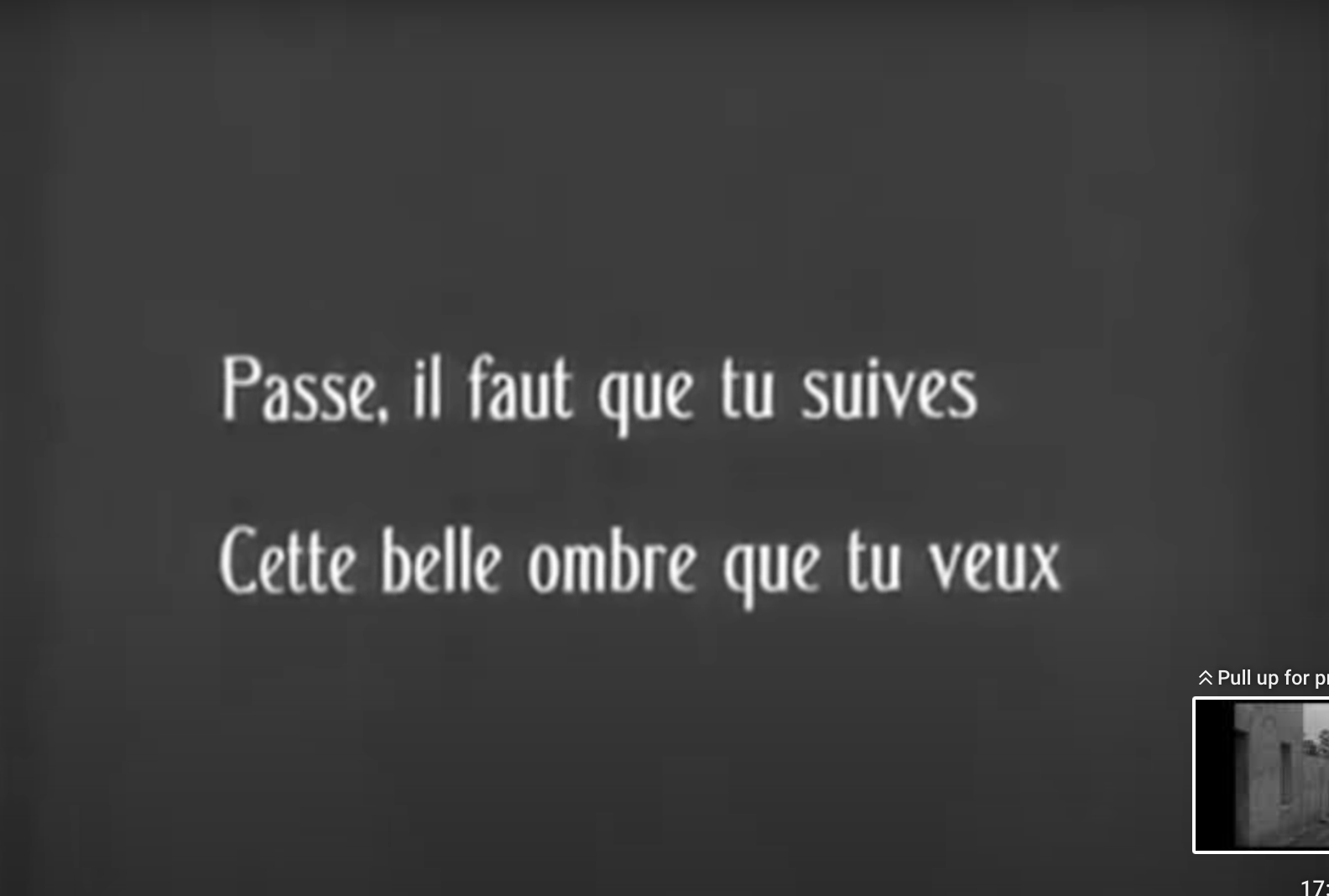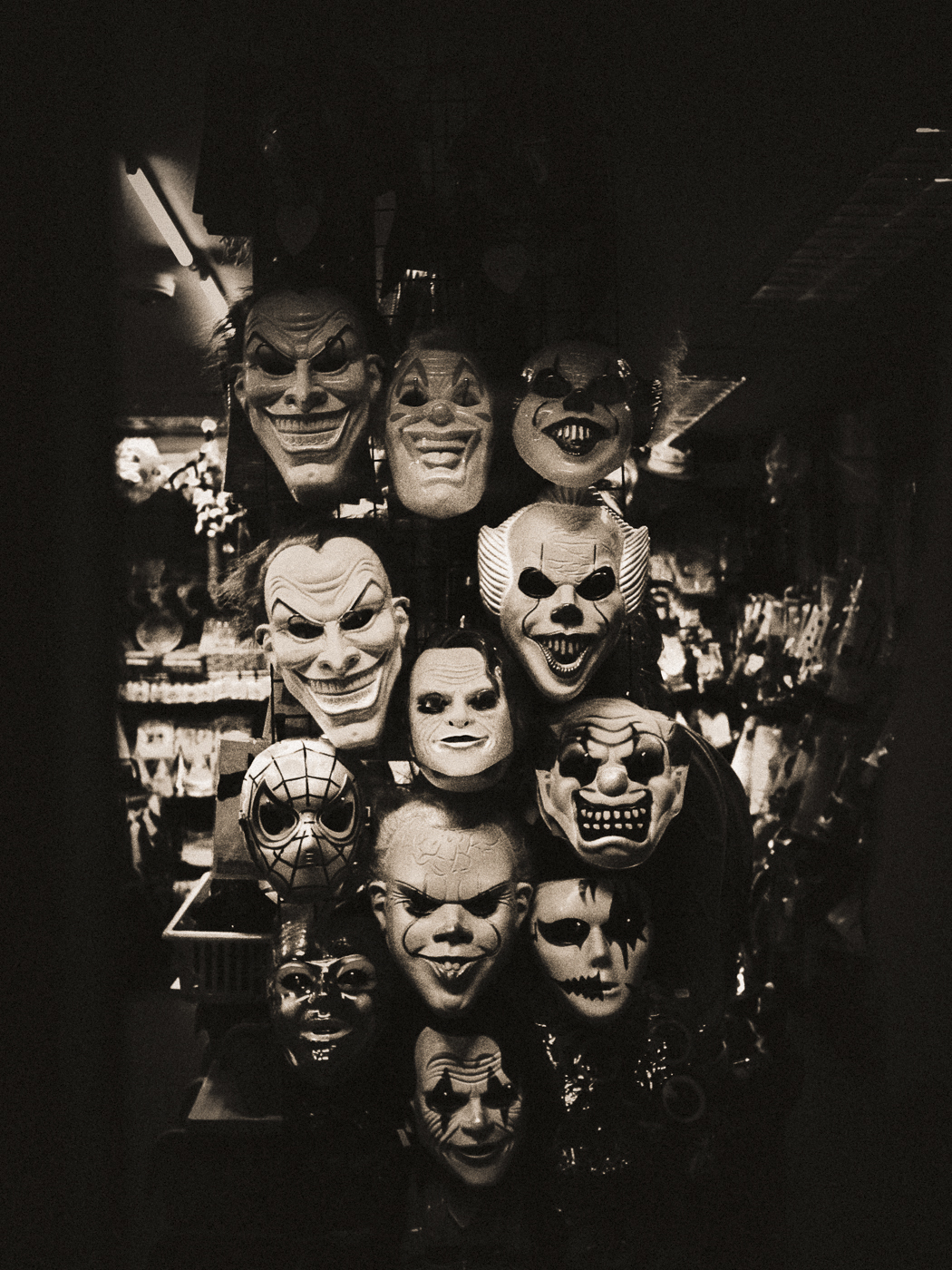
Posts from the 'Uncategorized' Category
Budapest Jazz
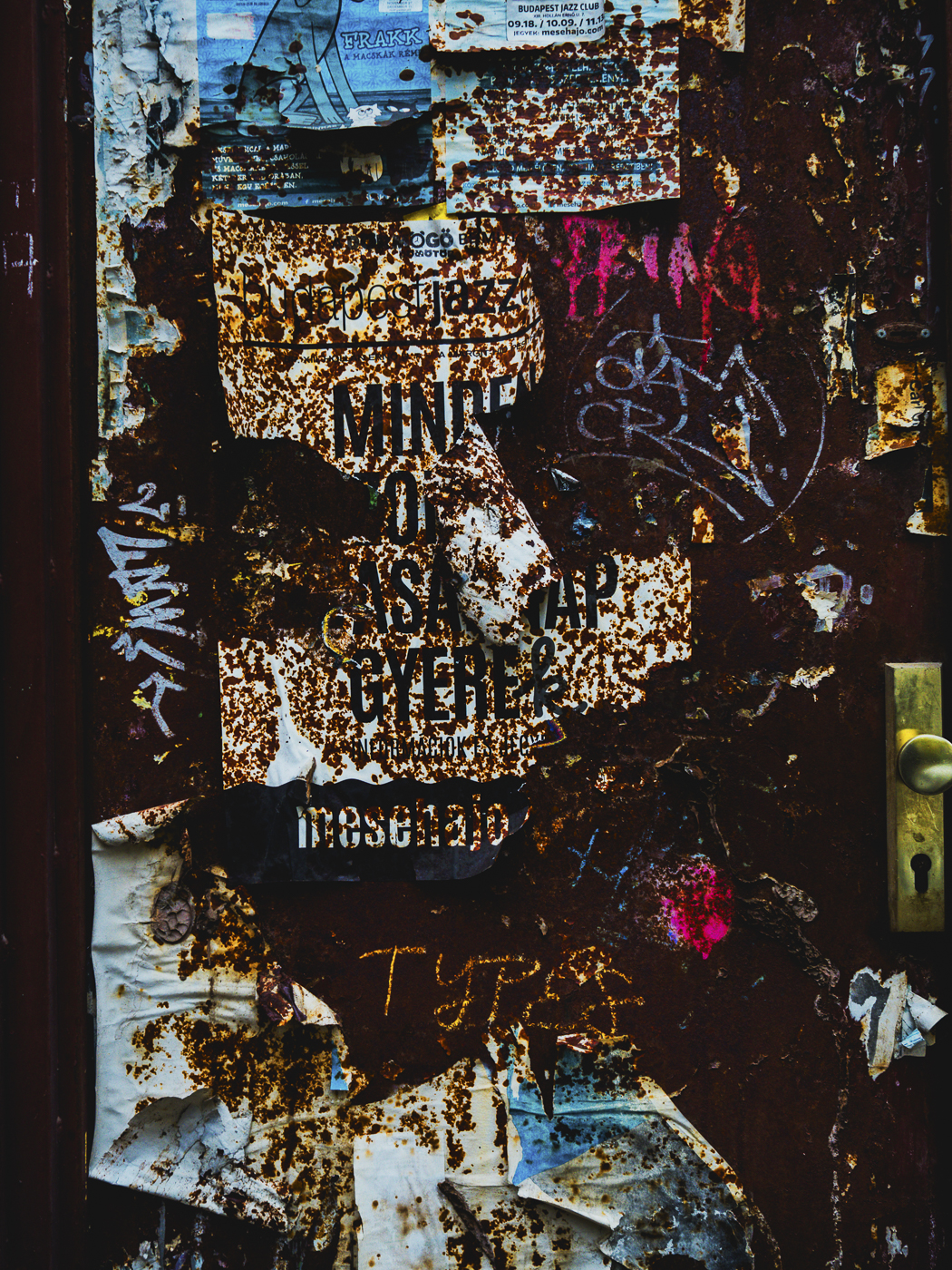
Restless Souls

The room is dimly lit, with the only source of illumination being a flickering, bare bulb hanging from the ceiling. The air is thick with the smell of stale cigarette smoke, lingering from countless previous guests. The faded floral wallpaper peels at the corners, revealing the passage of time.
In one corner of the room stands a worn-out bed with a faded floral bedspread that has seen better days. The mattress sags in the middle, leaving an imprint of the countless restless souls who have rested there. A single, dim bedside lamp with a frayed shade casts long shadows across the cracked nightstand, where an ashtray overflows with cigarette butts.
Against the opposite wall, a big, clunky television sits atop a scratched wooden dresser. The TV screen emits a constant flicker of white noise, the grainy static providing a disconcerting soundtrack to the room’s eerie atmosphere. The dresser itself is adorned with chipped paint, and its drawers squeak with protest when pulled open.
A single, threadbare armchair sits near the window, its upholstery worn thin from years of use. The heavy, moth-eaten drapes are drawn shut, allowing only thin streaks of muted streetlight to filter through the accumulated grime. The room feels frozen in time, a forgotten relic from a bygone era.
As you step further into the room, the floor creaks beneath your weight, and the silence is broken only by the distant hum of city life outside. It’s a place where secrets linger in the shadows and the air is heavy with the ghosts of the past,
Why Not?
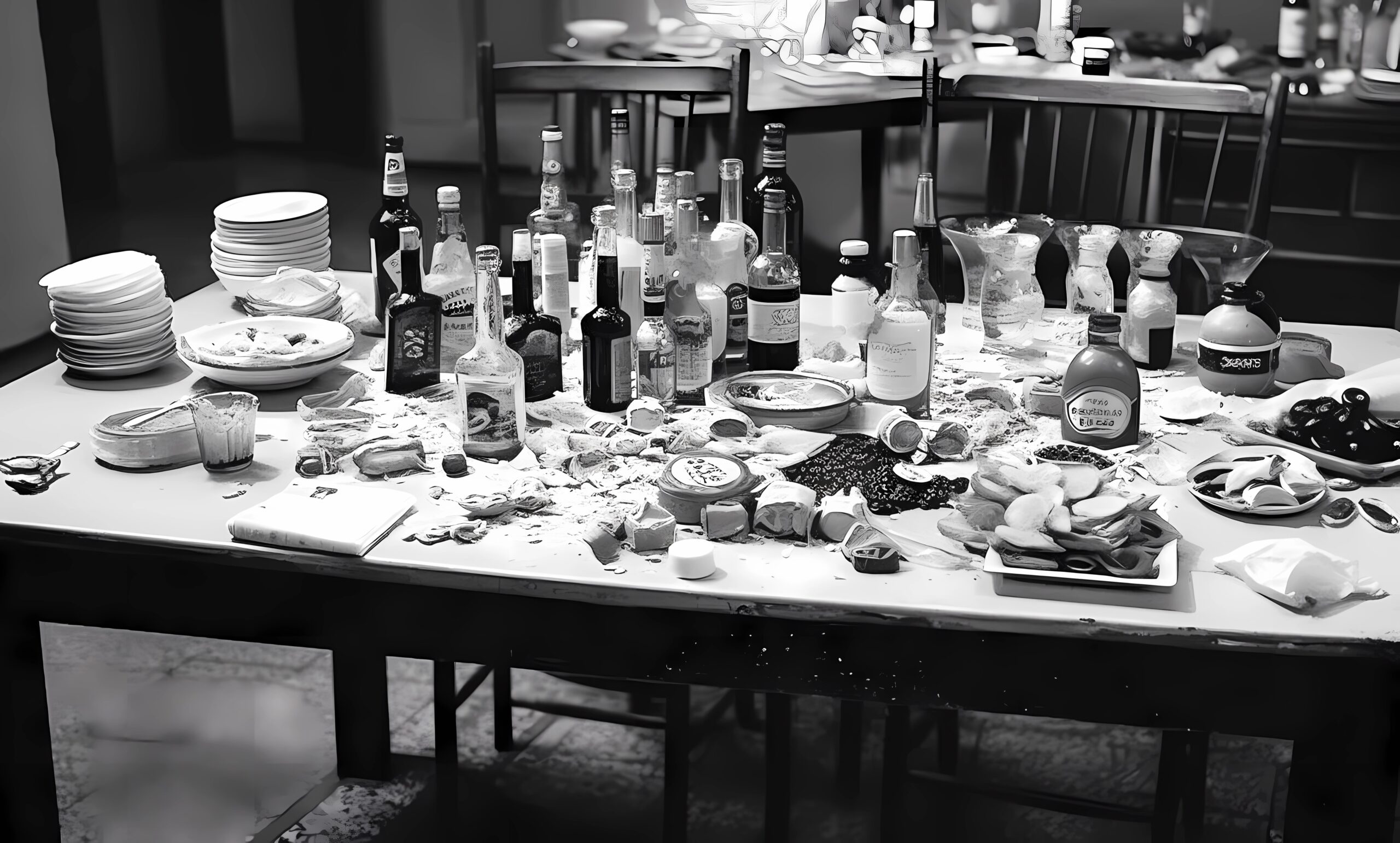
Slipping
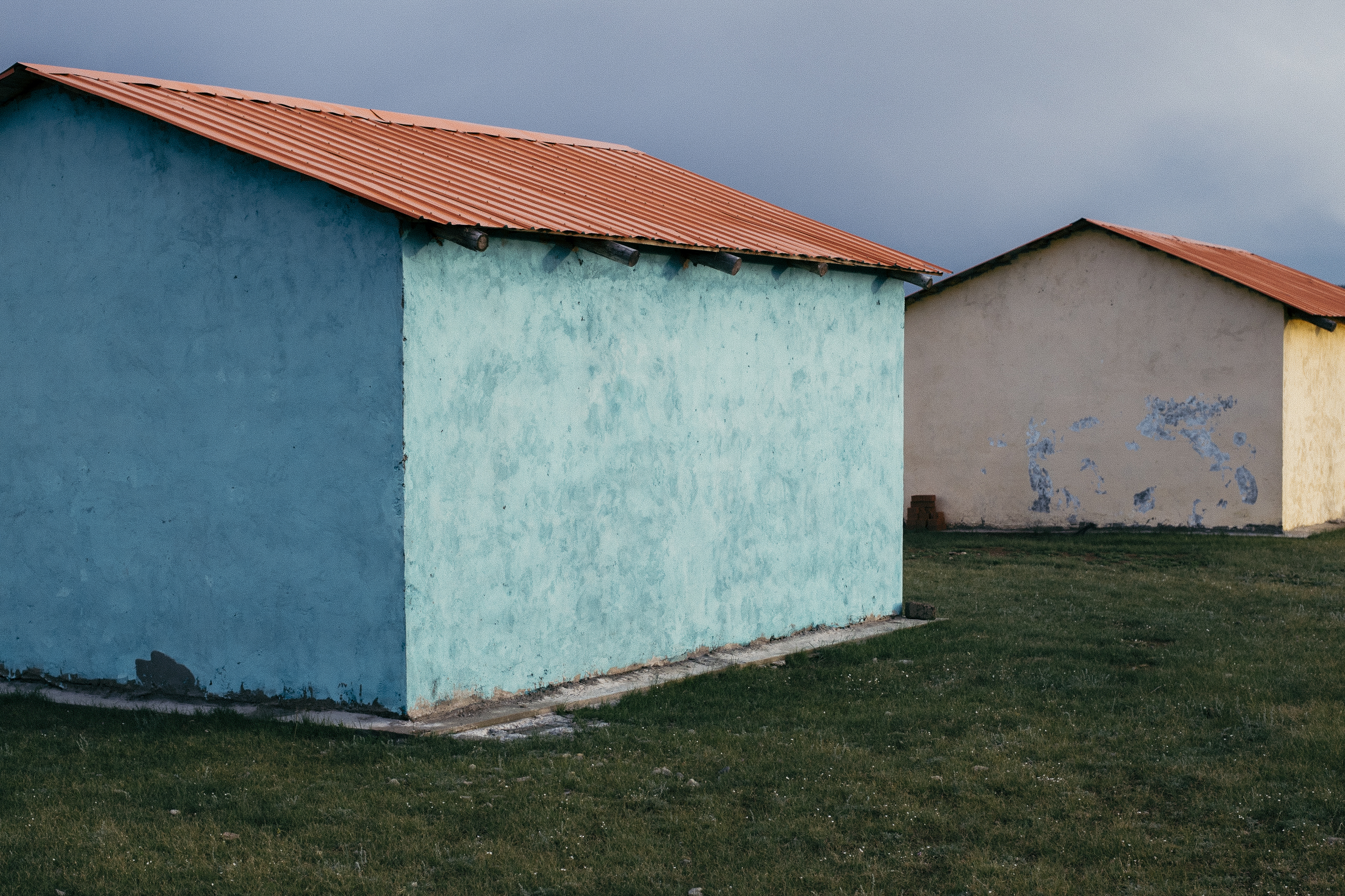
Nothing is more painful, more frightening than thinking that slips away from itself than fleeting thoughts that, barely conceived, disappear again, already gnawed by forgetting or rushing into others that we have just as little control over… We constantly lose our thoughts. That’s why we cling so doggedly to established opinions.
— Gilles Deleuze
Follow this beautiful shadow
The World Is New
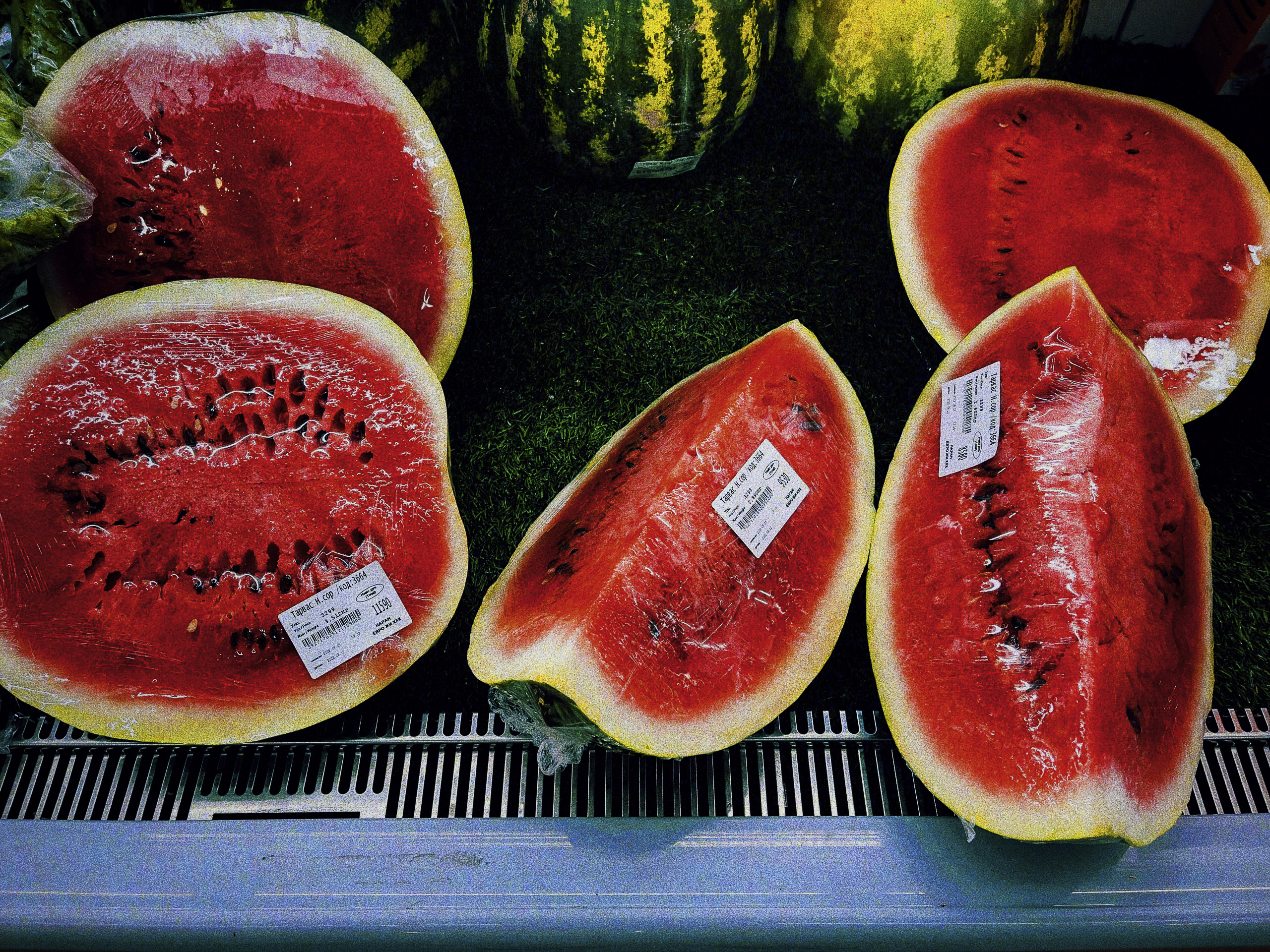
When the image is new, the world is new.
— Gaston Bachelard, Poetics of Space
CPY
Art is, in a way, creating something out of nothing. But photography, in its very essence, does not create something from nothing, it is a device for copying existing images.
Then why not start from this assumption of copying, so we can get closer to the essence of a photograph. It has no meaning to create art work by one’s own aesthetic and concepts, however, when people take photos, one’s aesthetic and memory are always included. This is a kind of everlasting contradiction. This contradiction is acceptable.
The world is not only one world, but the world itself is scattered, we just copy these scattered worlds by using photography.
— Daido Moriyama, Near Equal
Clusters of Lilac
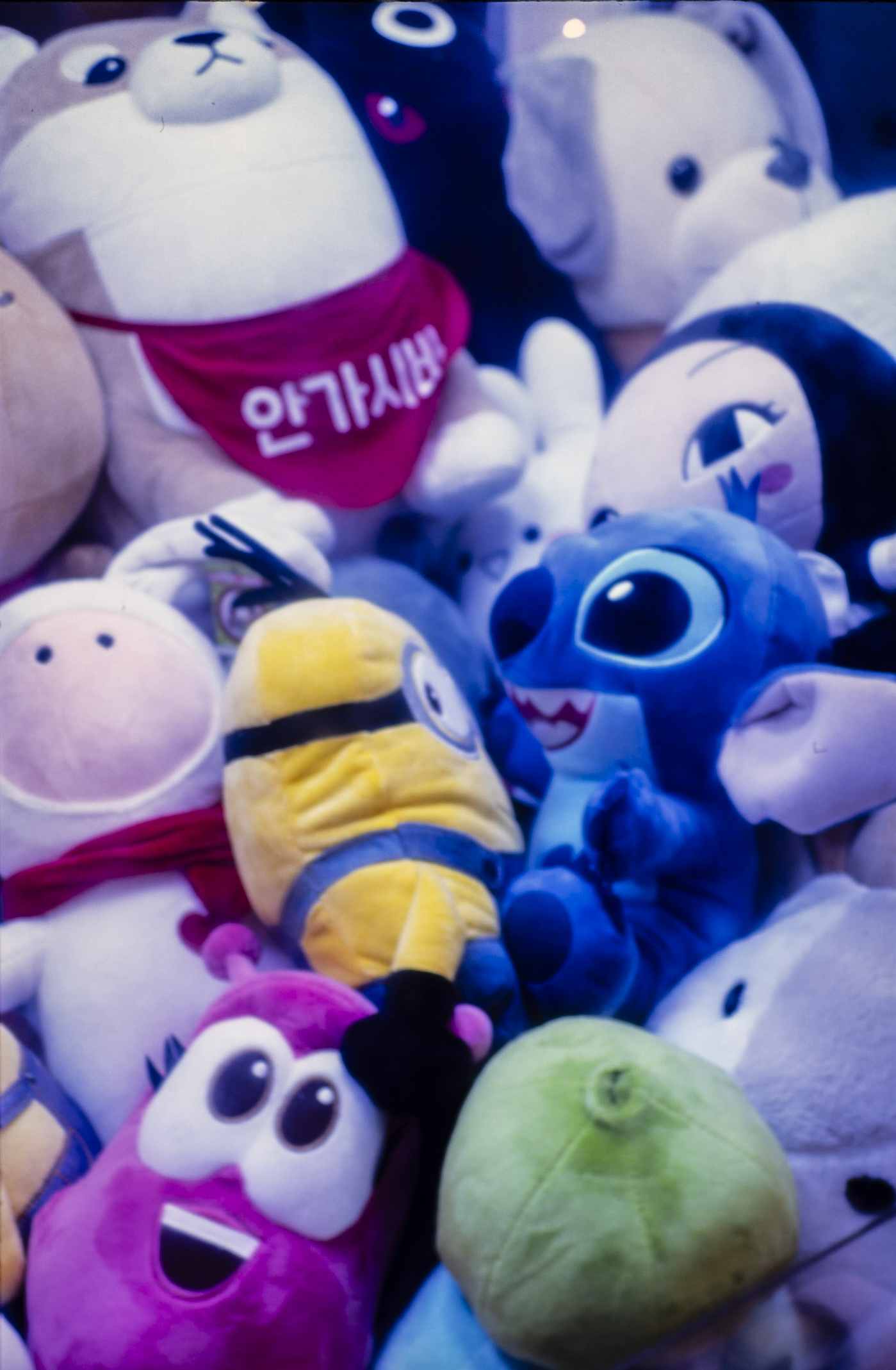
When I arrived in Sapporo in June, it was so cold that the light purple clusters of lilac in the alleys and under the eaves were trembling in the cold air. While other parts of Japan had entered the rainy season, here the wind just kept blowing for days on end, and the streets and avenues were tinted white instead. Keeping the promise that I had firmly made to myself, I grabbed my camera every morning and took to the streets, with the regularity of an office worker, and no intention to meet any friend or acquaintance. I spent most of these three months on my own. Other than the very basic daily conversations – buying a ticket at the station, ordering a coffee, or making the occasional phone call – I was just keeping my mouth shut. I soon ran out of sleeping pills, and as I didn’t drink, all I could do was spend the long nights reading books. The daily photo shootings weren’t really fruitful, and there I was, sitting in my freezing apartment, at my wit’s end with my progressing mix of depersonalization, aphasia and insomnia. So as, in other words, my lifestyle was from the very onset based on that fawning, illusional idea of escape and isolation, my only justification that was taking photographs, was easily reversed from the true intention that it used to be, to mere pretense. Those days of feeling guilty went by one after another, and before the summer ended, I decided to go back to Tokyo. At the end of the day, I haven’t made any progress whatsoever, but what I do have, as a proof of my endless walks to miscellaneous places, are 250 used rolls of film.
– from afterword by Daido Moriyama
Something

“Photography needs to stop being art. It needs to stop expressing feelings. When it is completely a record, it can be something”
— Nakuma Takahira
